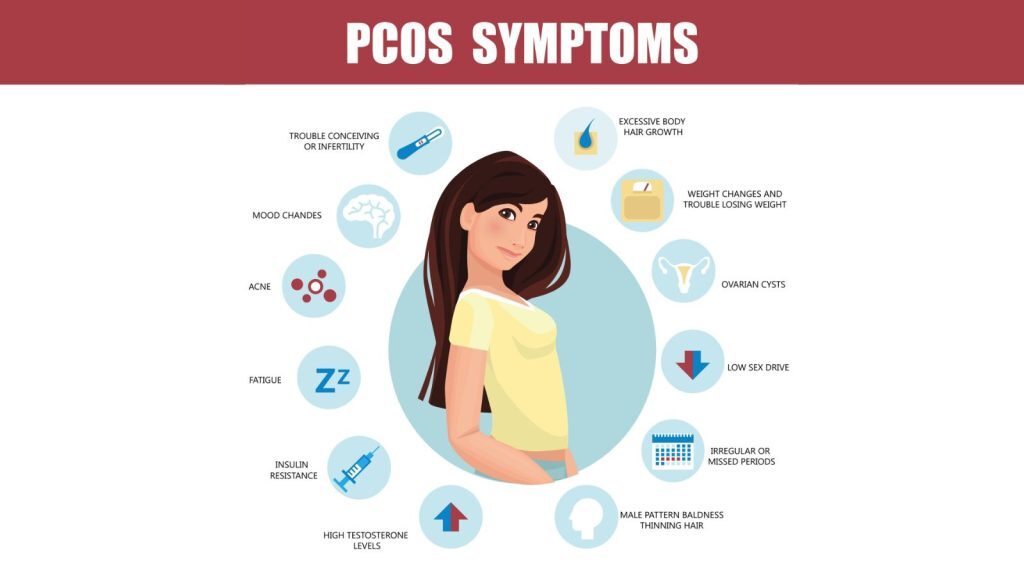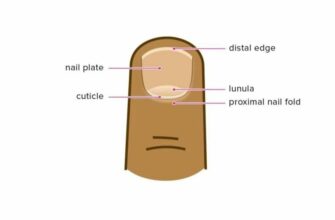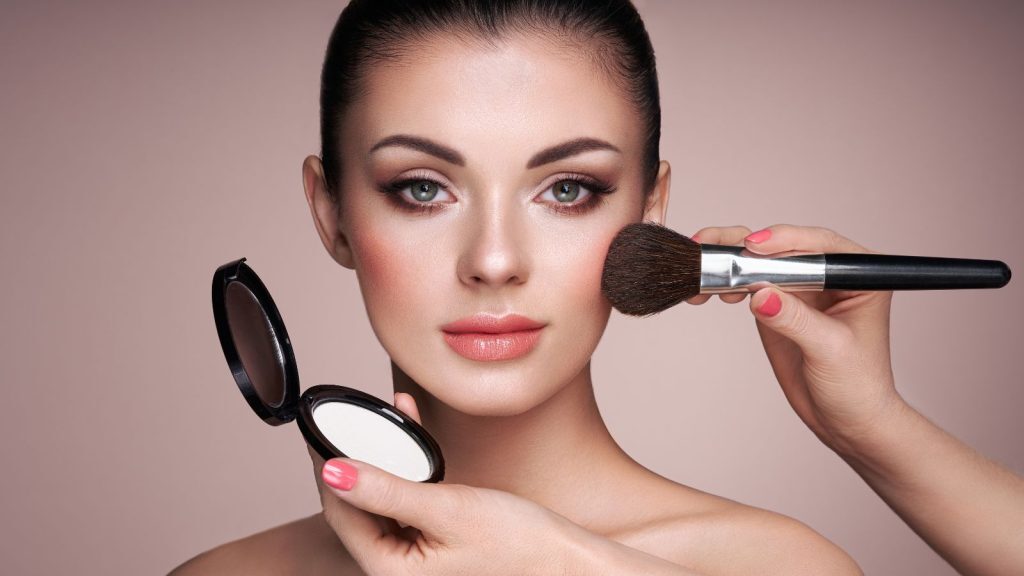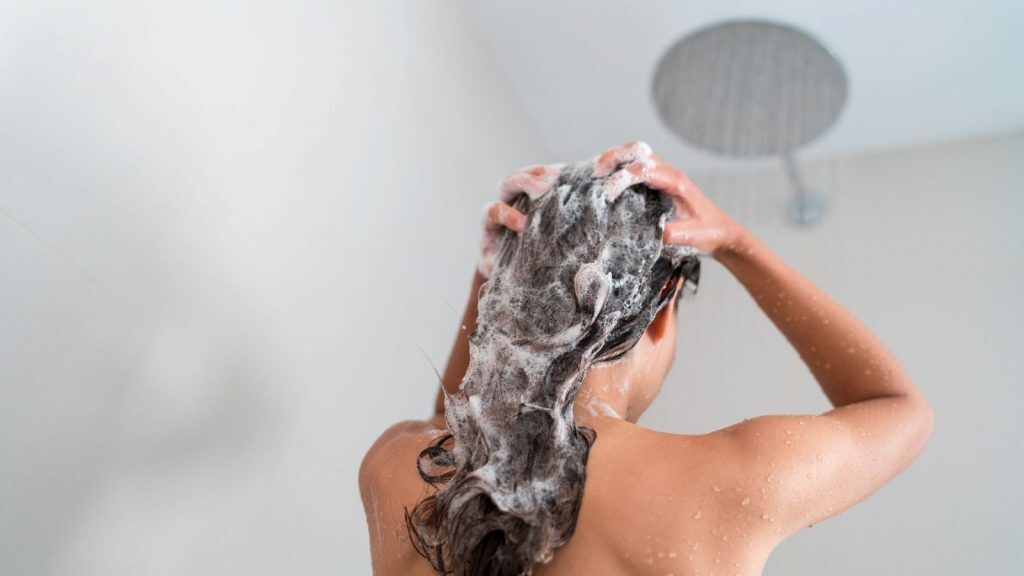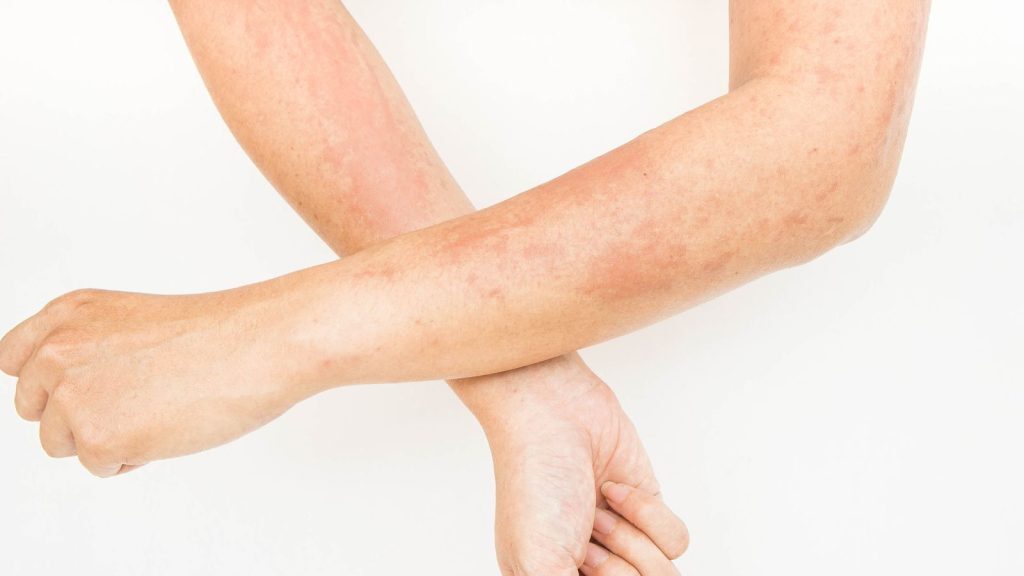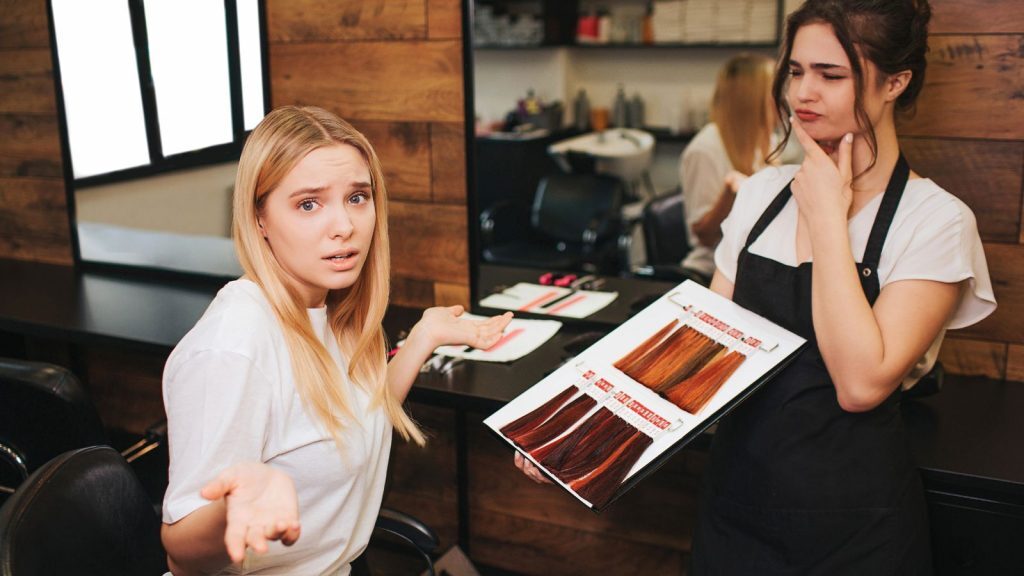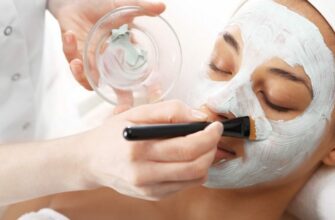Nose piercings have become a widely embraced form of self-expression, allowing individuals to showcase their distinctive style. If you’re interested in how to pierce your own nose safely, you’ll need to make sure that you take the proper precautions.
This blog post will provide some essential tips for safely piercing your nose.
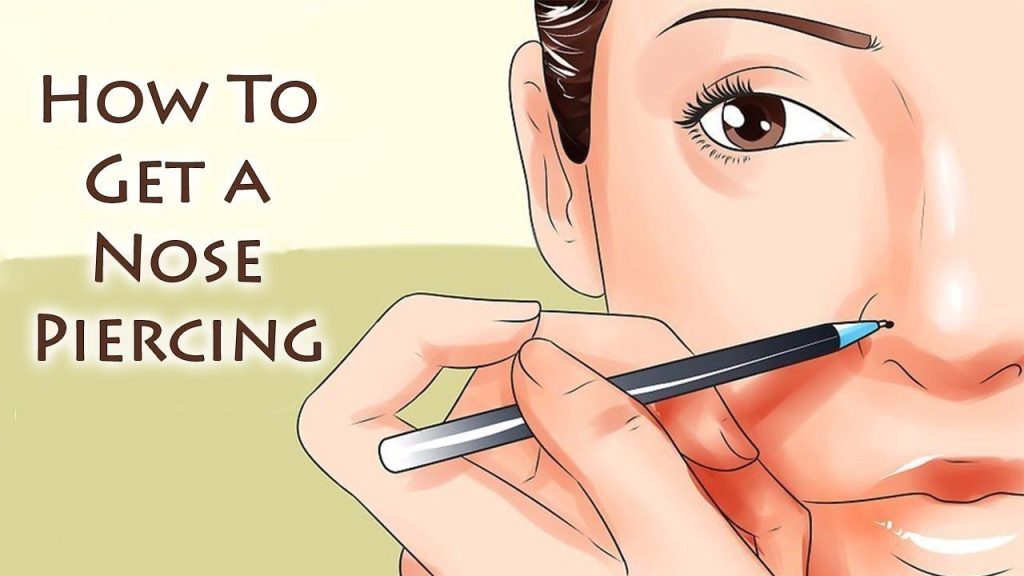
The most important step to piercing your nose is finding the right tools. You will need the following:
- Sterilized needle
- A pair of sterile forceps
- A pair of sterile clamps.
- Some cotton swabs
- Rubbing alcohol on hand for cleaning purposes.
Make sure your supplies are sterilized adequately before you start the process.
Once you have gathered your supplies, it’s time to begin the procedure.
- Start by thoroughly cleaning the area around the nostril being pierced and your hands. Use rubbing alcohol and cotton swabs if needed.
- Next, use the forceps to gently pull back on the skin to give yourself more room to work with while piercing.
- Once all preparations are complete, orientate the needle so it can effortlessly penetrate both sides of the tissue.
- Push slowly and firmly until it goes through completely.
- Finally, insert the jewelry into place using sterile clamps or tweezers and remove any excess blood or debris from around the area with cotton swabs dipped in rubbing alcohol.
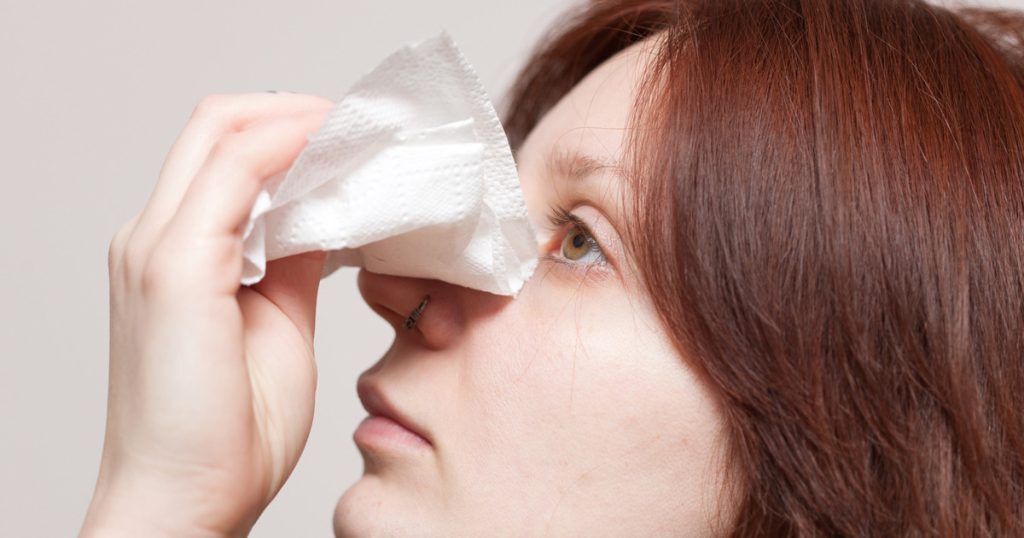
Once you have successfully pierced your nose, it’s crucial that you follow proper aftercare instructions to heal properly without infection or complications.
- Wash your hands thoroughly before touching or cleaning around the piercing site with salt water.
- You use an antibacterial cleanser twice daily for at least two weeks after initial piercings (daily cleaning is recommended).
- Avoid touching other parts of the face near your newly pierced nostril and changing jewelry too soon.
- Your new piercings should be given at least 6-8 weeks before attempting any changes or maintenance! Lastly, ensure that any makeup used is noncomprehending to prevent clogging up pores.
- Piercing your nose is an excellent form of personal expression, but it should be approached with seriousness and thoughtfulness. Many factors are involved in ensuring that everything goes smoothly during and after this body modification procedure!
- Doing research beforehand is vital–make sure that all tools are properly sterilized and follow proper procedure while piercing (including wearing gloves!).a
- You need to follow aftercare instructions carefully so that risks associated with infections or complications can be minimized or even avoided entirely!
With these tips in mind, anyone looking for a way to express themselves can safely enjoy their very own self-pierced nostril!
- Nose piercings can look very attractive and stylish.
- It is relatively easy to care for and maintain a nose piercing.
- A nose piercing may be seen as a sign of self-expression, rebellion, or individuality.
- Nose jewelry comes in diverse styles, sizes, and materials.
- In comparison to other types of piercings, a nose piercing is relatively fast and causes minimal pain.
- There is a risk of infection due to improper aftercare of the wound caused by the piercing procedure.
- Some activities, such as sports or swimming, can cause the wound to become irritated or worsen an existing infection if not properly cared for afterward.
- Nose piercings may not be accepted in specific workplaces or environments and can draw unwanted attention in public settings depending on the jewelry style worn.
Before considering piercing your nose at home, you should ensure you fully understand the potential risks and complications associated with the process.
To mitigate the risks of infection and other health issues, procuring high-quality materials such as sterilized needles and medical-grade jewelry is crucial.
Furthermore, it is essential to seek out a knowledgeable piercer who can offer guidance and address any concerns regarding safety measures.
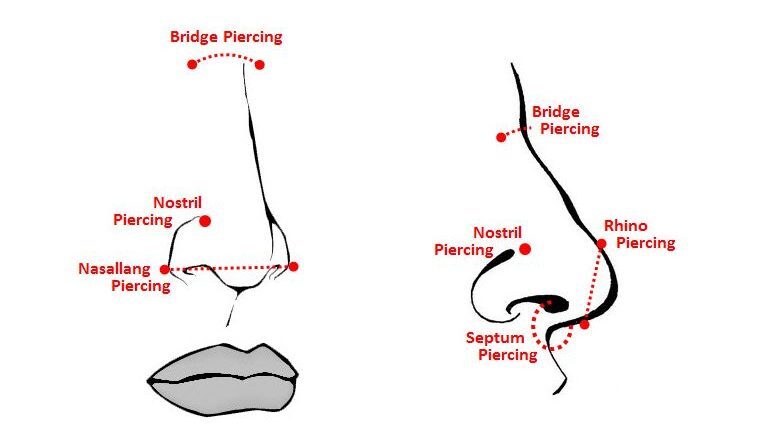
If you’re thinking about piercing your nose, you must ensure that your chosen spot will look great and stay healthy. There are many considerations for finding the perfect location for your new piercing.
Begin by contemplating the type of jewelry you desire to adorn yourself with. Nose rings are usually placed in a nostril, while septum piercings go through the cartilage between both nostrils. If you’re looking for something more subtle, a small stud can be placed on either side of the bridge at the top of your nose.
Second, consider if an area has enough tissue to hold a piercing securely and heal properly. Your nose should have enough fleshy tissue around it so that it won’t tear easily or cause too much pain when pierced.
Piercing with a gun has some clear benefits. Firstly, it is astonishingly swift as the entire procedure can be completed in a mere 30 seconds from beginning to end.
Additionally, because the metal that goes through your skin is rounded off at both ends, many people find piercing with a gun less painful than using a needle. On the other hand, several important drawbacks are associated with using a piercing gun for your nose.
The degree of unease linked to a nose piercing can differ among individuals. Generally, it may feel like a pinch when the needle goes through, followed by little pressure as the jewelry is inserted. Individuals with elevated pain thresholds may not perceive substantial pain.
Some people report feeling more sensation during the healing process due to inflammation or other issues in the area, but this should subside over time.
It also helps if you’re prepared before getting pierced—mentally and physically—as this can help reduce anxiety associated with any medical procedure.

